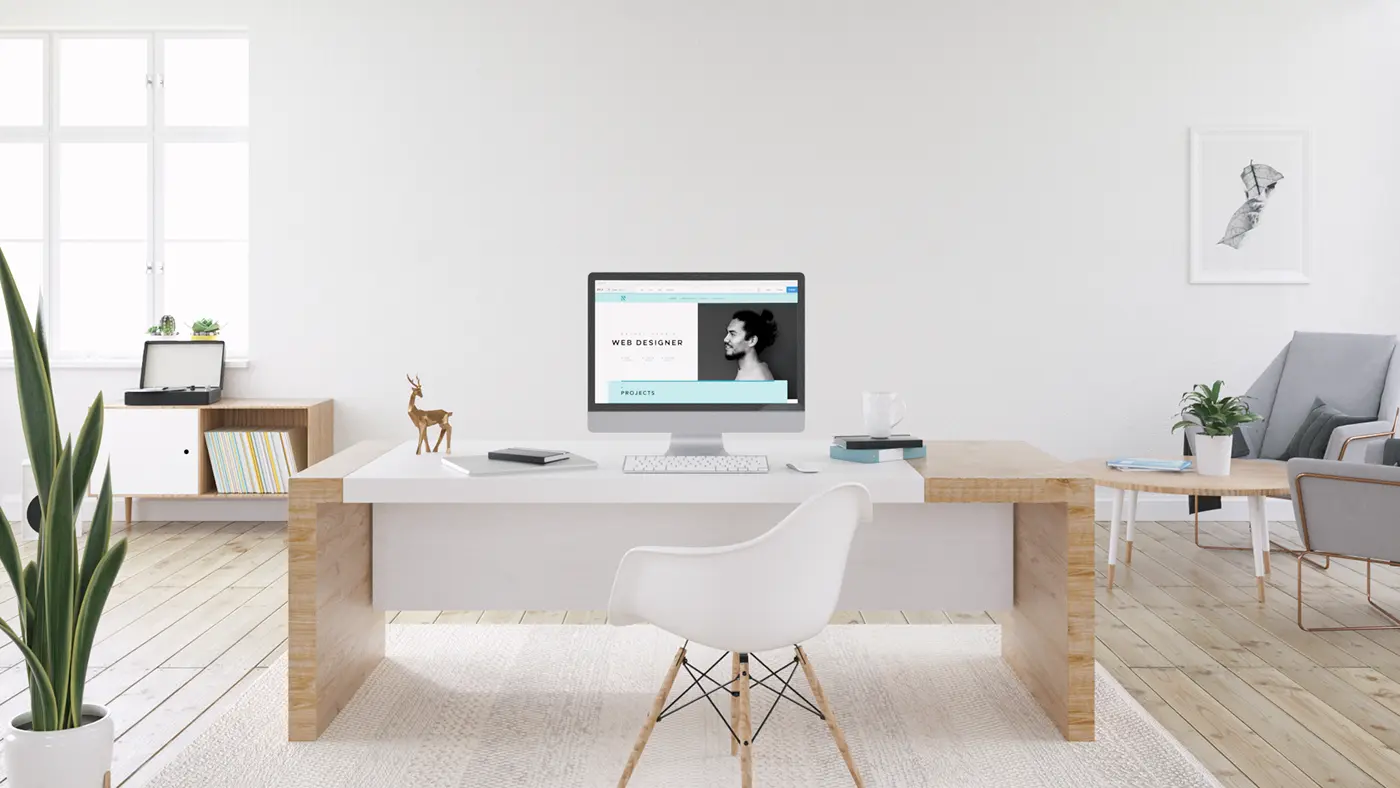The number one mistake you’re making when decluttering is not having a plan.
Without a clear strategy, decluttering can become chaotic. Outline which areas to focus on and in what order.
Here’s a step-by-step guide to creating an effective decluttering plan:
- Set Clear Goals: Define what you want to achieve. Do you want an organized kitchen, a
clutter-free closet, or a tidy living room? Clear goals help you stay focused. - Prioritize Areas: List the areas of your home that need attention and rank them by importance.
Start with high-impact spaces that affect your daily life the most. - Break It Down: Divide the project into smaller, manageable tasks. Instead of tackling an
entire room, focus on one drawer, shelf, or corner at a time. - Create a Timeline: Set a realistic timeline for each task. Dedicate specific days and times for
decluttering sessions to stay consistent and avoid burnout. - Gather Supplies: Equip yourself with the necessary tools like storage bins, trash bags, labels,
and a donation box. Having the right supplies on hand makes the process smoother. - Use the Four-Box Method: Label four boxes: Keep, Donate, Trash, and Relocate. Sort items into these categories to make decisions easier and more efficient.
- Set Daily or Weekly Goals: Allocate a set amount of time each day or week for decluttering. Consistent, short sessions are more effective than occasional marathon cleanouts.
- Involve Your Family: Make decluttering a team effort. Involving everyone not only lightens the load
but also teaches kids valuable organizational skills. - Track Your Progress: Keep a checklist or journal of your achievements. Seeing your progress can be highly motivating and keep you on track.
- Celebrate Milestones: Reward yourself for completing each task or reaching a goal. Celebrating small wins keeps you motivated and makes the process more enjoyable.
Ready to start your decluttering journey with a solid plan?
Let’s get organized and transform your home one step at a time!



